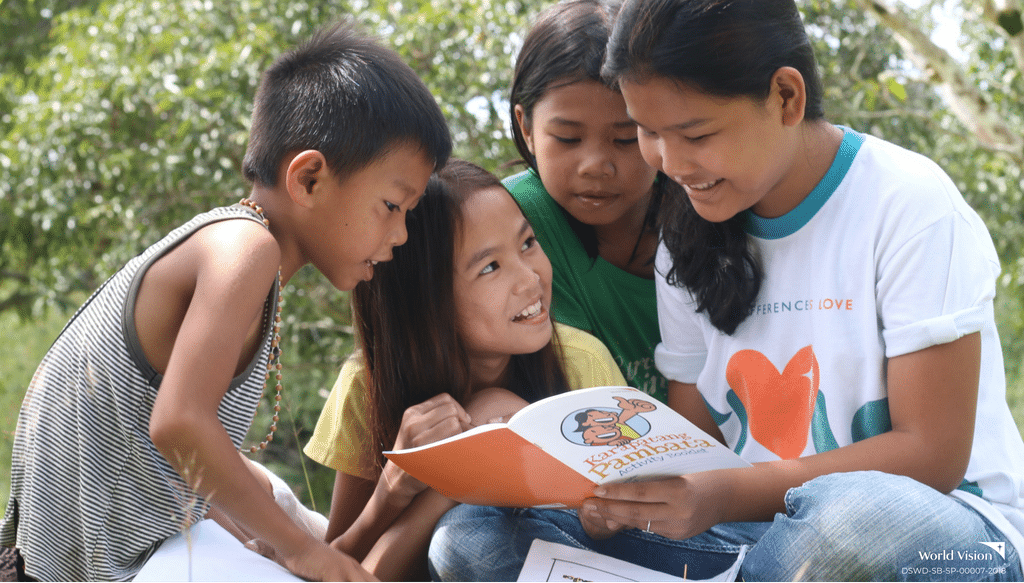Physical Address
304 North Cardinal St.
Dorchester Center, MA 02124
Physical Address
304 North Cardinal St.
Dorchester Center, MA 02124

Reading literacy in the Philippines is a pressing issue with long-term implications for the nation’s future. The country faces significant challenges in ensuring its youth acquire essential reading skills for academic and personal success. This article examines the current state of reading literacy in the Philippines, its impact on education, and the need for comprehensive reforms.
Reading literacy in the Philippines is alarmingly low compared to global standards. The 2018 Programme for International Student Assessment (PISA) results revealed Filipino students ranked lowest in reading comprehension among 79 countries. This highlights a deep-rooted problem in the education system. Low reading skills not only hinder students’ academic progress but also limit their knowledge acquisition and critical thinking. The situation reflects broader issues within the educational infrastructure, where many students struggle to meet even basic literacy benchmarks.

Several factors contribute to the low reading literacy rates in the Philippines. One major issue is inadequate teacher training. Many educators lack the skills and methods needed for effective reading instruction. This gap in training affects the quality of education and the ability of teachers to engage students effectively. Additionally, the scarcity of quality reading materials in both urban and rural areas worsens the problem. Schools often lack sufficient books, and libraries are poorly stocked. Socioeconomic disparities further exacerbate the issue. Children from low-income families often have limited access to books and educational resources at home, creating a significant gap in learning opportunities.
Poor reading literacy affects more than just academic performance. A literate population is vital for economic growth and competitiveness. Reading literacy is linked to essential skills like problem-solving and critical thinking. Without these skills, the future workforce may struggle to meet the demands of a rapidly changing global economy. In a world where information is rapidly expanding, the ability to read critically and process information efficiently is crucial. Addressing this issue is essential for equipping Filipino youth to succeed in their careers and contribute meaningfully to society.
Various stakeholders, including the government, NGOs, and educational institutions, are working to improve reading literacy in the Philippines. The Department of Education (DepEd) has launched programs such as the “Every Child a Reader Program” (ECARP) and the “Brigada Pagbasa” campaign. These initiatives aim to enhance reading instruction and promote a reading culture among students. They focus on providing more resources, training teachers, and engaging communities in literacy efforts.
Community organizations and private sector partners are also making significant contributions. These groups work to provide reading materials and support literacy programs in underserved areas. Initiatives include book drives, mobile libraries, and community reading sessions. While these efforts are commendable, more comprehensive and sustained actions are necessary to address the root causes of the literacy crisis. Increased funding, better coordination among stakeholders, and a focus on long-term strategies are crucial for achieving lasting improvements.
Technology offers innovative solutions to improve reading literacy in the Philippines. Digital platforms and e-books provide students with access to a wide range of reading materials, regardless of location. Online reading programs and apps offer interactive ways for children to develop reading skills. These tools can make reading more engaging and accessible. However, it is crucial to ensure these technological solutions reach all students, particularly those in remote and economically disadvantaged areas. Access to reliable internet and digital devices must be part of the solution to bridge the literacy gap effectively.
To address the issue of reading literacy in the Philippines effectively, a holistic approach is needed. Educational reform should prioritize teacher professional development to ensure effective reading instruction. Investing in quality educational resources, particularly in rural areas, is also essential. Schools should receive better support to build libraries, update reading materials, and create enriching learning environments.
The government must collaborate with private sector partners, NGOs, and international agencies to create a unified strategy for improving reading literacy. Public awareness campaigns can help foster a reading culture and emphasize literacy’s importance for personal and national development. Engaging families and communities in literacy efforts can also enhance the impact of educational programs.
Reading literacy in the Philippines is a critical issue that requires immediate attention. The current state of literacy among Filipino students is concerning, but it also presents an opportunity for meaningful change. By focusing on educational reform, investing in teacher training, and leveraging technology, the Philippines can create a brighter future for its youth. Addressing this challenge head-on is essential for the nation’s progress, and the time to act is now.